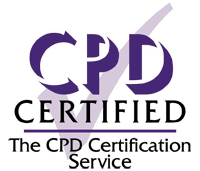www.andreazariwny.com Augmented reality (AR), which aims to enhance our perceptions (visual and otherwise) using computer-generated information, is not a new concept. However, the widespread use of smartphone technology has quickly lead to the development of countless apps that use AR....

